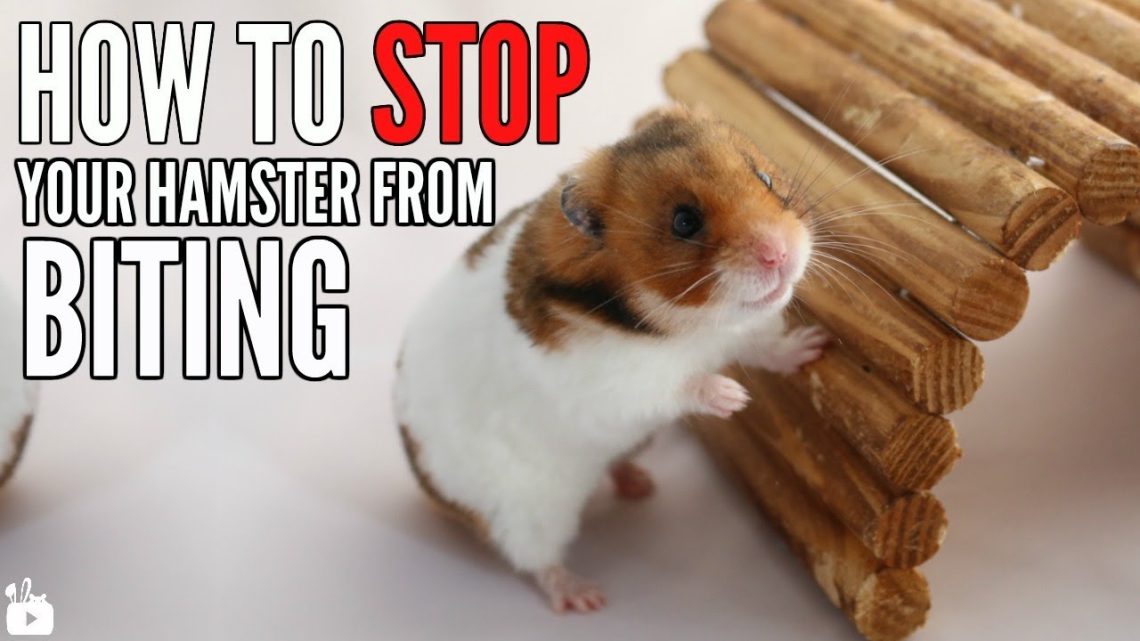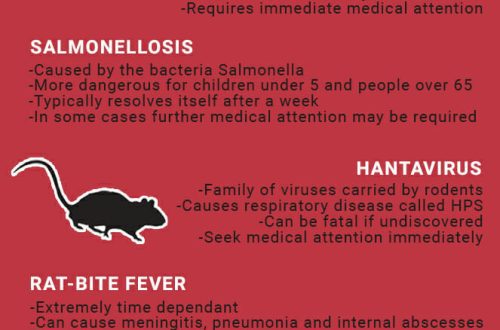
How to wean a hamster to bite?
Hamsters are extremely cute fluffy rodents whose chubby cheeks and funny behavior touch millions of people around the world. But these small, seemingly completely harmless pets, on occasion, can bite very painfully! No wonder, because hamsters, despite all their cuteness, remain rodents, and teeth are their main weapon.
Believe me, hamsters do not like to bite, they do it not to annoy, but only if they feel danger. Therefore, if a pet has bitten you, do not rush to be offended by it and in no case punish the small animal, it is better to think about how you could scare him, what you did wrong.
Often, inexperienced owners who have recently adopted a pet complain about hamster bites. Unfortunately, they do not understand that moving to a new place is always stressful for a hamster and needs time to adapt. Not allowing the hamster to get used to the new territory, the owners always strive to stroke him, pick him up, pat him on his cute cheek. It is not surprising that a hamster can bite, because an unfamiliar hand is a potential danger for him, he is afraid, not knowing what to expect and what to defend against.
Therefore, first let the hamster get used to it. In the early days, do not disturb him, do not strive to constantly restore order in the cage, change the litter, install new attributes in the cage (houses, wheels, etc.). Let the hamster get used to the new place, mark the territory, eat and rest. And after the pet begins to feel comfortable, gradually accustom him to affection.
First, introduce him to your hand. and show that she will not harm the baby in any way. Gently place the hamster treat in the cage and leave your hand next to the treat. Look at the baby’s reaction. Most likely, he will eat a treat, and then come to your hand to smell it. If the hamster slightly bites your finger – do not worry, endure a couple of seconds and try not to pull your hand – the hamster is just getting to know you.
Make it harder next time feed your pet from the palm of your hand. After several such feedings, when the hamster begins to take food confidently, you can gently stroke his back with your finger. Do not touch the baby’s head – it scares rodents. Stroke your hamster gently so that he can see your hand and know it’s you.
If the lesson is learned, you can proceed to the next step: carefully placing the hamster on the palm of your hand, remove it from the cage. Never put your hand into the cage abruptly, trying to quickly get the hamster, as you will only scare him. Your movements should be soft, smooth and gentle, and the hamster should see your hand before you pet him or take him out of the cage.
Be sure to teach your children how to take care of your pet. Hamsters are not just afraid of everything: they are very small and fragile animals that can easily be harmed by their carelessness. Children must learn to measure their strength with the diminutiveness and defenselessness of the animal and treat it with care. Do not give your hamster into the hands of young children who are not yet in full control of their actions.
If the hamster has been living with you for some time, and started biting just now and, as it seems to you, completely suddenly, you or other family members may have greatly frightened him with a sudden movement or some kind of noise. Perhaps the hamster has a new irritant that causes him anxiety. Think what it could be.
In rare cases, the cause of hamster aggression can be diseases and ailments, but other symptoms also indicate this. If the hamster is not feeling well, take it to the vet and do not disturb the pet during the follow-up treatment.
Remember that we, and only we, are responsible for the life and health of our pets. Treat animals carefully and carefully and be sure to pass on to your children the culture of relations between people and their pets!





